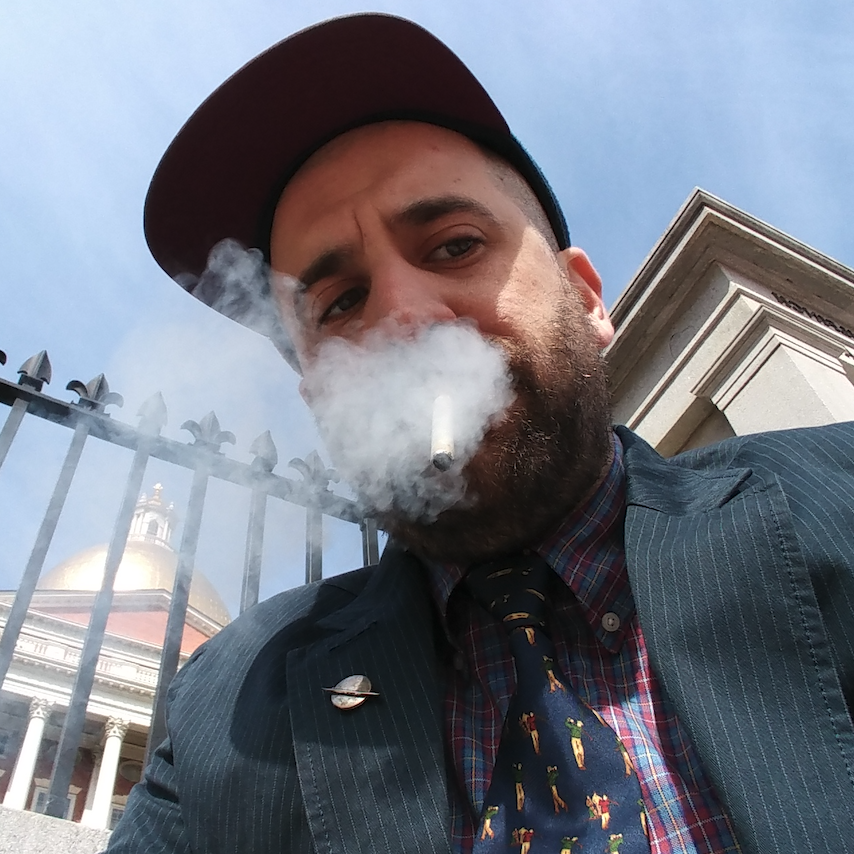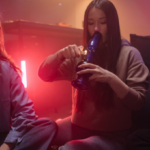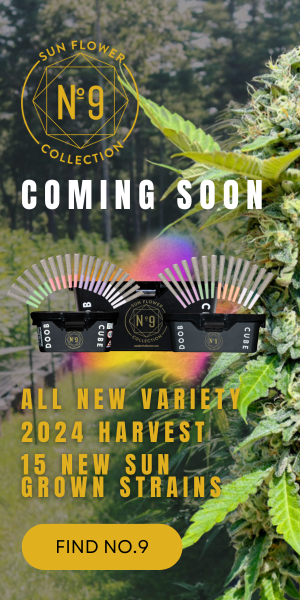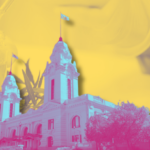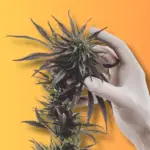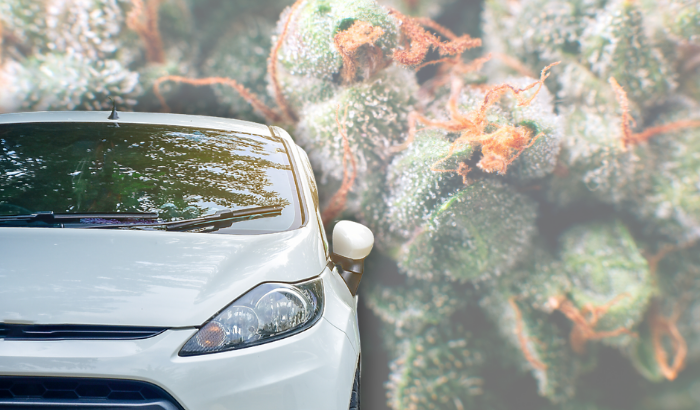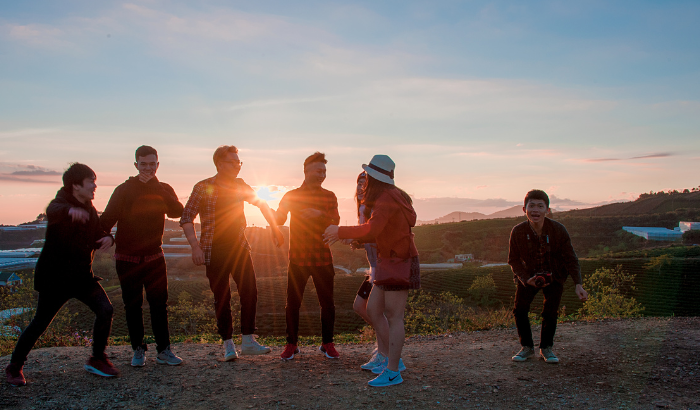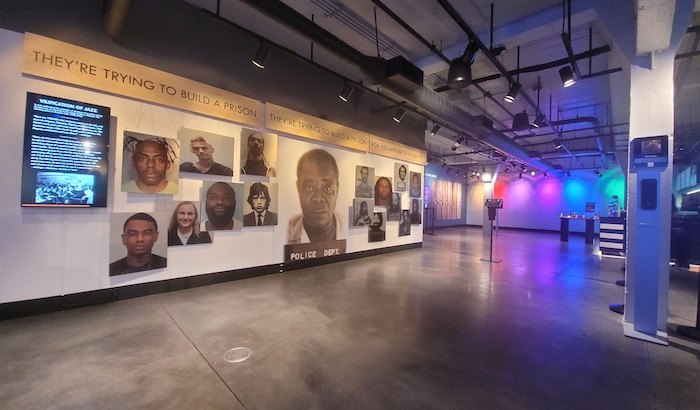
An aromatic and climactic tour through the Core Social Justice Cannabis Museum in JP
We’re only a few years into recreational legalization in Mass, so hopefully you aren’t tired of visiting dispensaries just yet. If the thrill’s already gone, then we suggest hitting some of the aesthetically significant destinations like Happy Valley in East Boston or Ascend in North Station, the latter of which is the work of designers who fashioned the Apple Store prototype.
There are also spots with lots of educational offerings and free events—our friends at Canna Provisions in Western Massachusetts are worth checking if you’re out that way—and we also adore smaller boutique-y craft shops like Western Front in Chelsea. Those and several other places are keeping things fresh even before the trees come out.
Among those maintaining our interest is Seed in Jamaica Plain. In addition to their extensive selections and sleek subterranean bud bunker, the space is home to the Core Social Justice Cannabis Museum, which “aims to provide a platform for multiple perspectives relating to the war on drugs.” Far more than a simple showcase for stoners, Core features multiple “curated exhibits related to the defective system of cannabis law in the United States that urge people to look back at events and influences that sculpted our relationship with cannabis, as well as recognize and memorialize the inequitable events leading up to the multi-billion dollar industry that is cannabis today.”
It’s worth noting that Core, which is owned and operated by women and has 81% minority investors, is located in the old Bella Luna-Milky Way cellar, where the legendary venue featured bowling, concerts, and baked ziti before moving to the Armory (and then sadly closing during the pandemic). And while those are pretty damn hard boots to fill, a place where you can buy weed and learn about the history of weed seems like an outstanding consolation.
Seed CEO and Core curator April Arrasate, an attorney with a biochemistry background who knows commercial cultivation inside-out, toured us through the hands-on experience.

American Enforcement
Once you’re past the welcoming graffiti wall sprayed by world renowned New England-based artist Corey Pane, it’s on to the first lesson, “a comprehensive voyage through the history and impacts of cannabis prohibition.” The Core crew breaks down the depressing pot-to-prison pipeline in visual terms that visitors won’t soon forget. As Arrasate explained …
“Despite only having 5% of the world’s population, America incarcerates 25% of [the world’s] prisoners. It’s really devastating when you realize that in 2019 there were over half-a-million cannabis arrests. That number is greater than all of the violent crime arrests together, which is just astonishing. Also interesting is that most of the people that are incarcerated aren’t even convicted. They’re put into the system and they can’t afford to get out, and [taxpayers are] paying to keep them there.
“And then of course there’s this disparity in race. The ACLU has found that Black people on average are 3.6 times more likely to get arrested [for cannabis] than other races. Our visual representation explains that if you are a male, and if you were born after 2001, and you are Black, you have a one-in-three chance of ending up behind bars for marijuana. If you are Latino, you have a one-in-six chance. If you are white, you have a one-in-17 chance.”

The Cell
This interactive exhibit allows heads to “immerse in the hypocrisy of America’s fractured relationship with cannabis.” You can step right inside of this cell, which has doors “sourced from a 1930s prison in Belmont,” and where a video plays the story of Jawara Tosh as told by his older sister Niambe McIntosh, a member of the Core museum’s curating council.
“She and her brother are the youngest children of Peter Tosh and they grew up in Dorchester,” Arrasate said of Niambe and Jawara, the seeds of one of reggae’s foremost icons. “[Jawara] was following in his father’s footsteps, performing and as an activist. He was coming back from Florida and he got busted in New Jersey for cannabis possession, and while serving a six-month sentence after taking a plea deal he was attacked by another prisoner. He never walked, spoke, ate, or did anything by himself ever again.
“When we started this museum he was alive, and we lost him last summer. It’s a devastating story. The father wrote the ballad for legalization, and the son basically dies as a victim of the drug war.”
Illicit Cultivation
This pop-up construction “illustrates the evolution of cultivation technology over the years” with a replica of the kind of makeshift grow closet “often found in basements, attics, and even behind false walls.”
“I wanted this to be like an homage to underground grows, to recognize not only the people who grew all throughout prohibition, but who currently grow as homegrowers,” Arrasate said. “This setup has had a huge impact on the plant itself. Because of prohibition, so many people who were taking the risk of growing cannabis to sell needed it to be worth their while, so they bred up THC, the most psychoactive compound in cannabis, and they bred down [compounds] like CBD that have other potential benefits.”
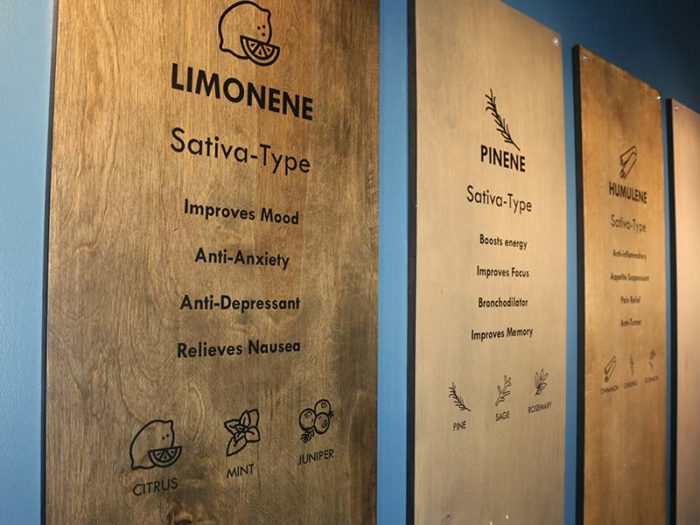
The Terpene Wall
It’s not all so serious. There is also a paraphernalia wall, and as people complete the full basement tour, they’re shown a wall to sniff before exiting through the gift shop. The explainer for this installation breaks down some essential info: “terpenes, or terpenoids, are the aromatic compounds in cannabis that give the plant its unique fragrance. In precisely the same way that aromatherapy can impact our mood, it is the combination of terpenoids and cannabinoids that endow each strain with a specific psychoactive personality.”
But while it’s one thing to just read about the science of cannabis, it’s another thing to actually inhale. And “this interactive exhibit invites guests to experience the most common terpenes,” by simply allowing you to stick your (masked) nostrils right up to beakers and sniff.
“I wanted to present the top three sativa terpenes, and the top three indica-type terpenes and let people experiment,” Arrasate said.



